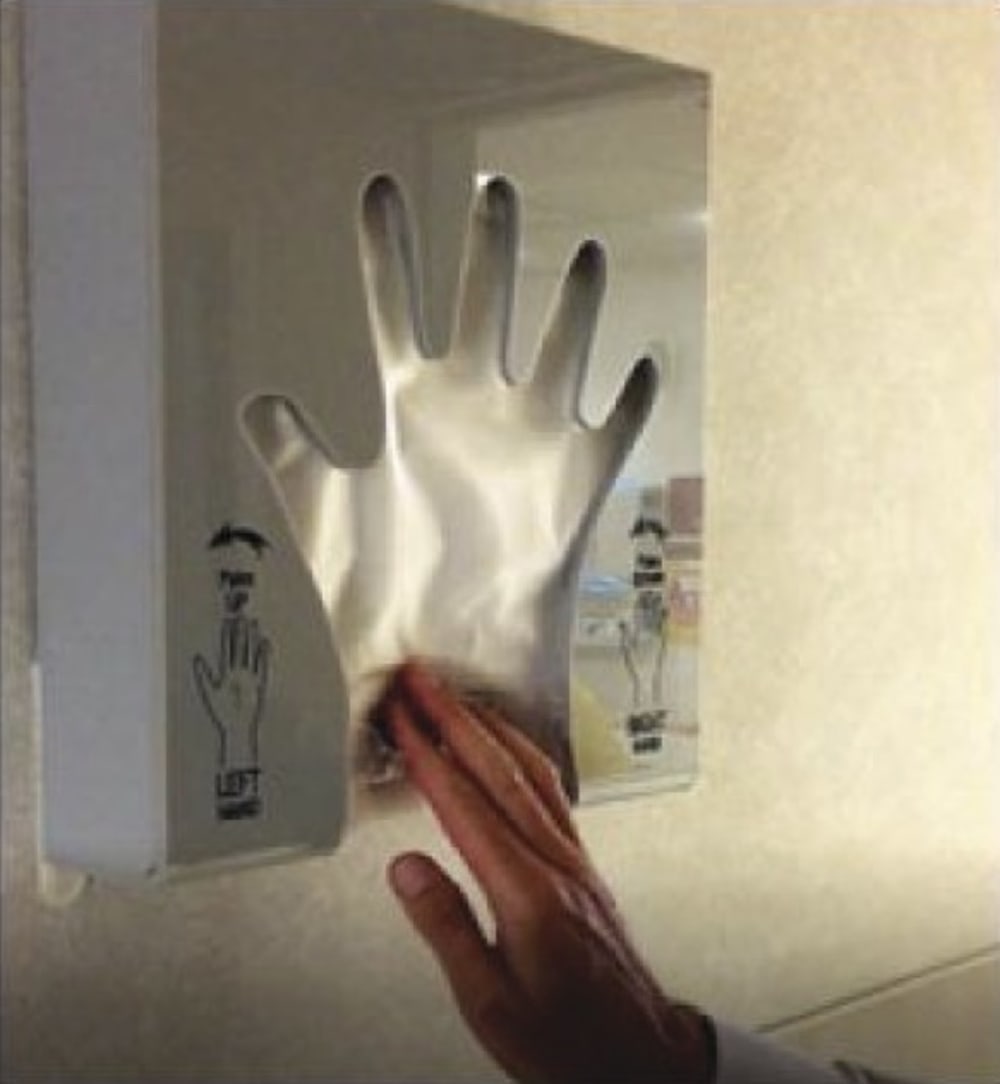
Healthcare-associated infections (HAIs) occur in 15 percent of hospitalized patients in the United States (1.7 million cases/year) and result in approximately 90,000 deaths. The burden of disease is even higher in developing countries. Healthcare workers’ hands are the most common vector in the transmission of microorganisms causing HAI. Good hand hygiene helps prevent infections in patients, staff, and visitors as well as contamination of the hospital environment. In fact, hand hygiene is a critical infection control measure and remains the simplest and most effective way to prevent the spread of HAIs.
Soaps, gels, and barrier methods (such as gloves) are critical in reducing in HAIs because they are effective against many bacteria, viruses, and other pathogens. There are, however, significant limitations of these products. For example, adherence to recommendations for hand hygiene practices (minimum of 30 seconds for gels and 60 seconds for soap and water) averages only 40 percent even in the most well-resourced settings. Also, there is increasing concern about the lack of efficacy of soaps and gels against certain pathogens.
Glove use is an attractive strategy because it is a highly effective measure for preventing HAIs in patients, staff, and visitors. At present, “clean” disposable gloves are available in most healthcare settings, and, in fact, they are required when caring for patients who are infected with serious pathogens transmitted through contact (e.g., C. difficile or methicillin-resistant Staphylococcus aureus). However, there are limitations to the more widespread use of these disposable gloves, which include their lack of ease of use, difficulty in puting on (donning) and taking off (doffing) each glove, and cross-contamination between hands when donning.
No effective and affordable method or product currently exists for donning a glove aseptically with only a single hand. Using currently available technologies — both in materials and manufacturing, HYGIENEXT has developed a method for rapidly, easily, aseptically, and inexpensively donning hygienic, FDA-approved gloves with a single hand. The developers have shown that this method increases hand hygiene compliance and has the potential to significantly reduce HAI rates, including Covid-19, in hospitals, medical, nursing, dental offices, and other healthcare settings. For health reasons, these easy-to-use gloves and dispensers would also be of benefit at daycare centers, schools, and veterinary offices. Many people may also choose to use them at home or even at gas stations to avoid the smell and exposure of gasoline when filling their car.
Another very significant market for these convenient gloves is in reducing food-related infections (e.g., gastroenteritis) and contamination in the food-service industry. Currently, more than 40 states require clean, unused gloves when handling ready-to-eat food.
Widespread use of this innovative product will reduce HAIs, improve the quality of healthcare, and decrease morbidity and mortality. Its ease of use will also increase glove use compliance and safety in the food industry and potentially many other settings. The manufacturing of our product in the US, as we intend to do, will help eliminate the dependence of America on foreign manufacturers of gloves.
Video
-
Awards
-
 2021 Top 100 Entries
2021 Top 100 Entries
Like this entry?
-
About the Entrant
- Name:Steve Kalish
- Type of entry:teamTeam members:Steve B. Kalish, MD
Martin Harrison, MD - Patent status:patented

